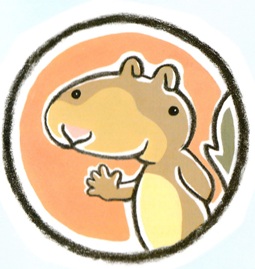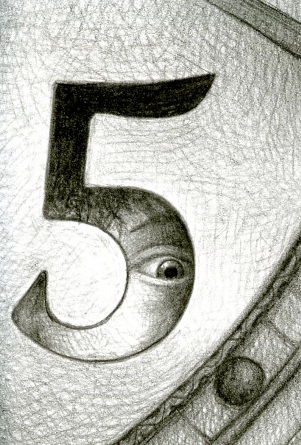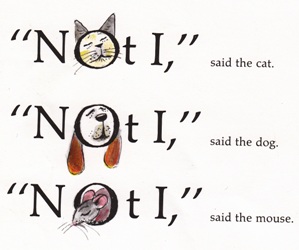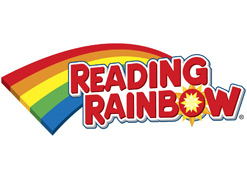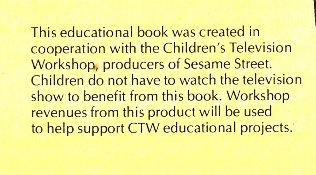Since I started Building a Library, I’ve probably gotten the most questions from friends and family about how to find great used books for their kids’ home library. Because finding new books is relatively easy. There are magazine reviews and display racks at Target and cartoon/toy tie-ins that can usually point you towards at least some new children’s titles and, often times, those titles might even be halfway decent. Bookstore employees and librarians, in particular, pride themselves on highlighting great new children’s titles that have recently landed on their radar, and they’re definitely amazing resources that parents need to take advantage of more often. Simply put, new books have a lot of advocates in their corner.
Finding advocates for used books, on the other hand, is a trickier issue all together. Because the definition of used books can be pretty broad. When you say “used books”, are you just talking finding already-read versions of popular titles that you can buy for cheaper-than-sticker-price? That’s a valid definition, but, usually, when I’m looking for “used books”, I’m looking for books that I can’t find new. Books that are out-of-print, unheralded classics, or even just weird little titles that you would never see at a Barnes & Noble. A good example of this is my well-documented love for the Sesame Street Book Club titles, books that you can only now find via eBay, flea markets, or used bookstores. [read the rest of the post…]
{ 5 comments }


